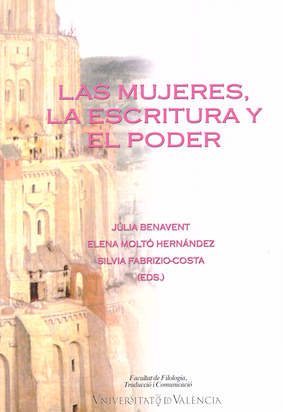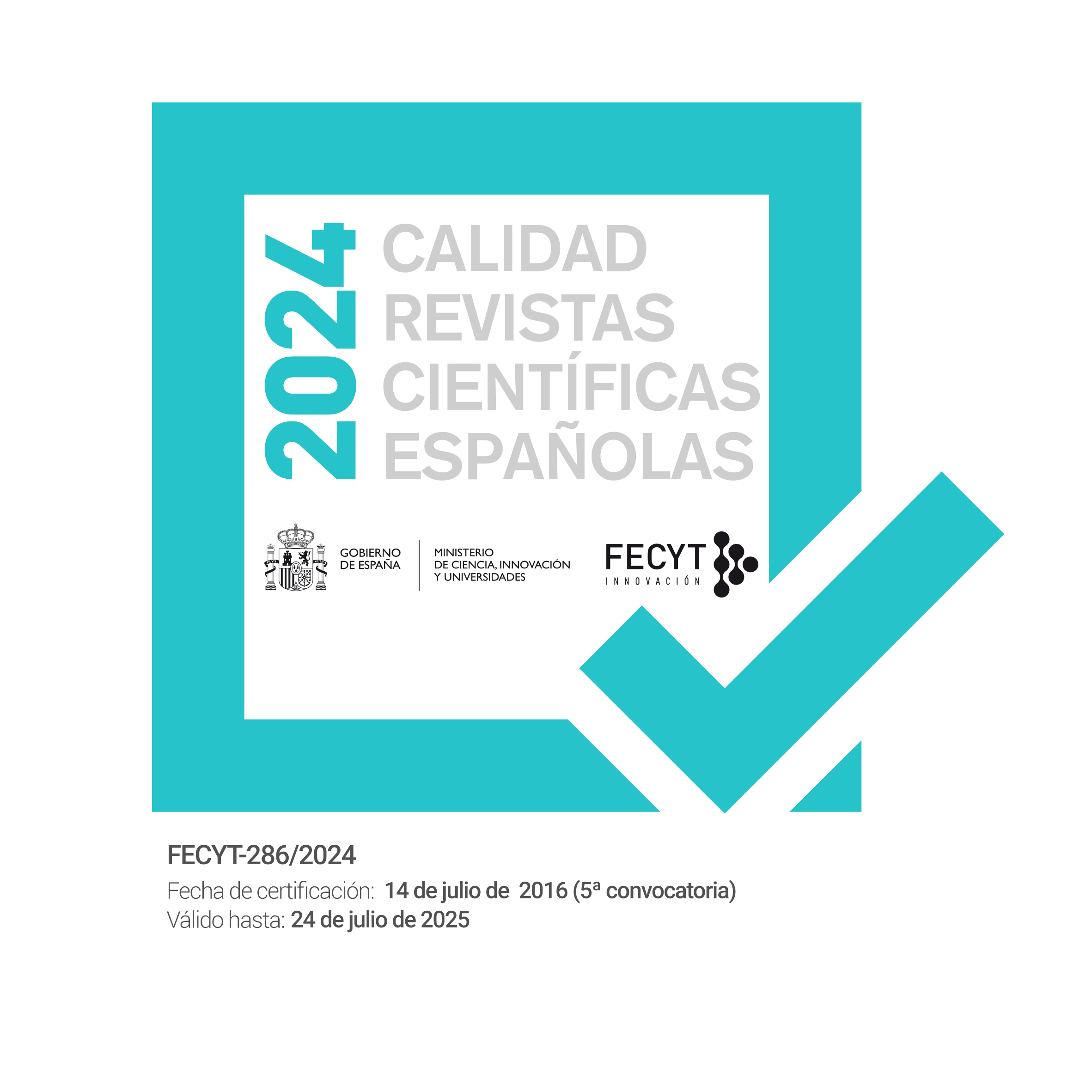Voices of the novel The joy club luck (1998) by Amy Tan
DOI:
https://doi.org/10.7203/qf-elit.v17i0.3486Keywords:
Voice, Dialogic, Chinese American female identity, Chinese culture, Struggle Abstract
Abstract
Amy Tan (1952) is an American writer of Chinese descent whose works explore mother-daughter relationships. She uses voices from her upper-class mother’s and grand-mother’s histories and myths to explore the voices of mothers and daughters of Chinese ancestry. The sixteen stories from seven narrators, illuminate the multiplicity of experiences of Chinese women who are struggling to fashion a voice for themselves in a culture were women are conditioned to be silent. The character Jing-mei “June” Woo, Tan’s alter ego, provides the framing narrative for the whole book and plays a significant role in connecting all the stories. In her compelling storytelling, she examines
various elements such as the complicated issues of identity, the immigrant experience, family, love and career. The chapters allow each character to tell her story in a first-person narrative, except for Suyuan (Jing-mei “June” Woo mother) whose story is told in Jing-mei’s voice. The mother characters’ voices relate their life in China from childhood to adulthood as well as their experience as immigrants in the United States. The daughters’ stories reflect their childhood struggles with identity and parental expectations together with the topics of their personal lives. The novel is organized around a common script of using and telling stories to gain self-identity, then in some sense each story in the novel is a metanarrative, in which nearly every story frames or contains another story.
In her fiction Tan seldom utilizes a linear narrative since the past and the present are intertwined in an intricate structure. The Joy Luck Club covers a long time span from the 1920s to the 1980s and different geographical locations in China (Kweilin, Chungking ,Shangai, Wushi, Taiyuan and others) and the United States (San Francisco) where the four families live at the present time. The stories interact through their superstructural arrangement into a narrative that stresses the importance of returning to the past in order to progress into the future, due to Tan’s association of China with the past and America with the present, she implies that this polychromic progression can resolve the temporalized contradictions of Chinese American female identity. This novel promotes a shallowly essentialized scheme of ethnic identity in which Chinese American Women must find validation from a heavily Orientalized version of their Chinese heritage.
 Downloads
Downloads
How to Cite
-
Abstract291
Issue
Section
License
 Este obra está bajo una licencia de Creative Commons Reconocimiento-NoComercial-SinObraDerivada 4.0 Internacional.
Este obra está bajo una licencia de Creative Commons Reconocimiento-NoComercial-SinObraDerivada 4.0 Internacional.
Authors who publish with this journal agree to the following terms:
- Authors retain copyright and grant the journal right of first publication with the work simultaneously licensed under a Creative Commons Attribution License that allows others to share the work with an acknowledgement of the work's authorship and initial publication in this journal.
- Authors are able to enter into separate, additional contractual arrangements for the non-exclusive distribution of the journal's published version of the work (e.g., post it to an institutional repository or publish it in a book), with an acknowledgement of its initial publication in this journal.
- Authors are permitted and encouraged to post their work online (e.g., in institutional repositories or on their website) prior to and during the submission process, as it can lead to productive exchanges, as well as earlier and greater citation of published work (See The Effect of Open Access).




